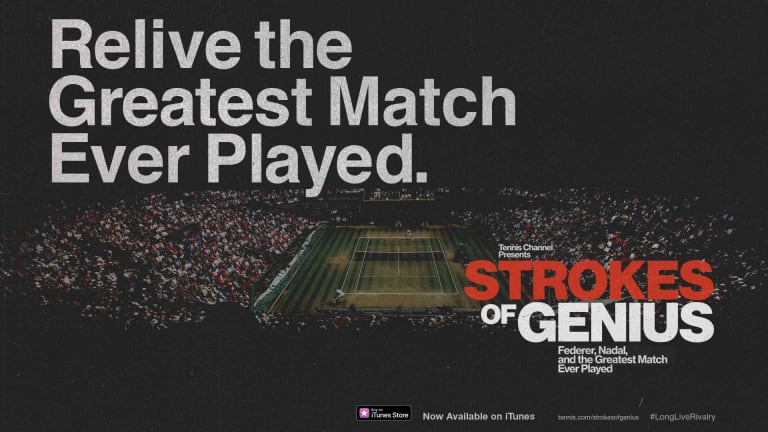Only the US Open plays a tiebreaker in the fifth set and, quite apart from anything else, a match that goes past five or six hours causes havoc with everyone’s plans, not least of those poor souls in the referee’s office. Friday’s second semifinal match did not get on court until 7.00 pm and Rafael Nadal and Djokovic were only able to complete three sets (Novak leading 2-1) because Centre Court has a roof, therefore allowing play to continue under the lights. The 11:00 pm cut off is the result of a deal made with local residents who do not want 15,000 people decanting into their streets after midnight.
After the final, Anderson, who is on the ATP Player Council, said he felt the issue of playing a fifth-set tiebreaker had been discussed and would, inevitably, be discussed again. His colleagues’ opinions will no doubt be passed on to the committees of the other Grand Slams but, for Wimbledon, the opinion of Tim Henman should be paramount. The former British No. 1 is the only All England Club committee member who has experience of reaching the second week of The Championships, let alone of having played in three semifinals. And Henman, during commentary chat on BBC TV, made it clear that he felt the time had arrived to review the situation.
There is no question that Anderson was not able to start as he would have wished in the final, partly because of nerves but largely because his body had not recovered from Friday’s ordeal despite a day’s rest. In many respects his bludgeoning duel with Isner has provided an astonishing display of athletic power and skill, the likes of which would have been unimaginable a decade ago between two giants (6’10” for Isner & Anderson at 6’8”) who showed that their games had much more to offer than massive serves. There were moments when Isner was required to handle power-driven service returns off his 135+-M.P.H.delivery and did so by bending to flick back half volleys at midcourt. It was breathtaking stuff and the appreciation of the audience was obvious because they were still there when the end came at 26-24 in the fifth and at least two-thirds soldiered on—indefatigable spectators late into the night. And those who did leave were replaced by the next in line from those who waited to pay for a ticket, money that would go to charity. So the famous court was always full.
Kevin Mitchell in The Observer described it well when he wrote, “The tennis was of such mesmeric excellence that we were caught up in a communal reverie.”
Then Nadal and Djokovic appeared to maintain the level of play in vastly different styles, producing eye-popping rallies and angles that seemed even more dazzling in a lighted court. The arrangement was that the roof would remain on the following day when the match resumed at 1:00 pm. Apparently it was the players’ wish—predominantly Novak’s—but it seemed odd that an outdoor championship should play a semifinal match indoors when rain was not the issue. At any rate, it probably only served to enhance the standard of tennis these two champions produced with Nadal fighting back to level at two sets all before the resurgent Serb demonstrated the single-minded durability that had been hallmark of his tennis two years before by resisting every Spanish attempt to break him. Nadal saved a match point with a brilliant drop shot for 8-7 in the fifth, but Djokovic closed it out for a memorable 6-4, 3-6, 7-6 (9), 3-6, 10-8 victory.
WATCH—Djokovic's post-match presser:
